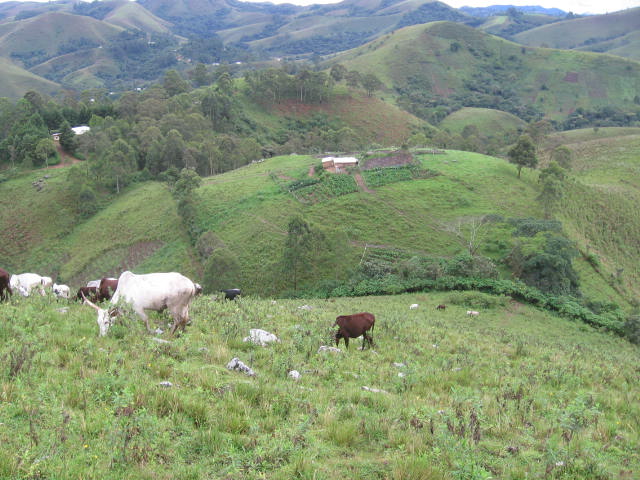An Overview Of Our Solution
- Population Impacted:
- Continent: Africa
Organization type
Population impacted
Size of agricultural area
Production quantity
People employed
Describe your solution
Describe your implementation
External connections
What is the environmental or ecological challenge you are targeting with your solution?
Describe the context in which you are operating
Justification of the Project (Problems)
Tugi village like other villages of Cameroon has problems which are cause by demographic explosion. The animal population is increasing likewise the human population and this increase is very serious in Tugi and Gutah Zone in Mbengwi, North West Region of Cameroon. The village has a population of about 6 000 inhabitants of which about 75% live on animal breeding with cattle breeding being the backbone of its economy. The population is increasing while land surface remains constant but is rapidly degrading due to overgrazing. Overgrazing has caused serious land degradation due to lack of vegetation cover. The action of cattle and heavy rain has also accelerated the erosion of the top soil leading to loss of soil fertility. These factors of soil erosion play a negative role on the soil fertility thus resulting in the degradation of the natural pasture which is the most important resource of the Tugi people. The high stocking rate couple with the traditional communal grazing system have caused a lot of damages amongst which is farmers-grazer conflict. This problem is the most serious and damaging production problem in the village these days. The Tugi Livestock Farmers Cooperative is a nongovernmental organisation setup by the farmers and grazers to fine lasting solutions to overgrazing pasture degradation and farmers’-grazers’ conflicts for sustainable production in Tugi and Gutah zone in general
How did you impact natural resource use and greenhouse gas emissions?
Language(s)
Social/Community
Water
Food Security/Nutrition
Economic/Sustainable Development
Climate
Sustainability
The cooperative in 2011 was allocated 78 hectares of pasture land which is under exploited and still lacks other cattle structures, like water and improved pasture and fodder banks. In 2012, it was granted some cattle structures (barbed wired paddocks, contention fences and a stock of cattle by the World Bank to some pilot farms of the cooperative. Presently (2016/2017), AU-IBAR also granted the cooperative $15 000.00 to conserve the indigenous Fulani Cattle of the region which are feared may extinct due to random crossbreeding and losses incurred during lake Nyos disaster which killed more than 15 000 Fulani cattle in Wum, North West Region of Cameroon in 1986.
Return on investment
Entrant Banner Image

